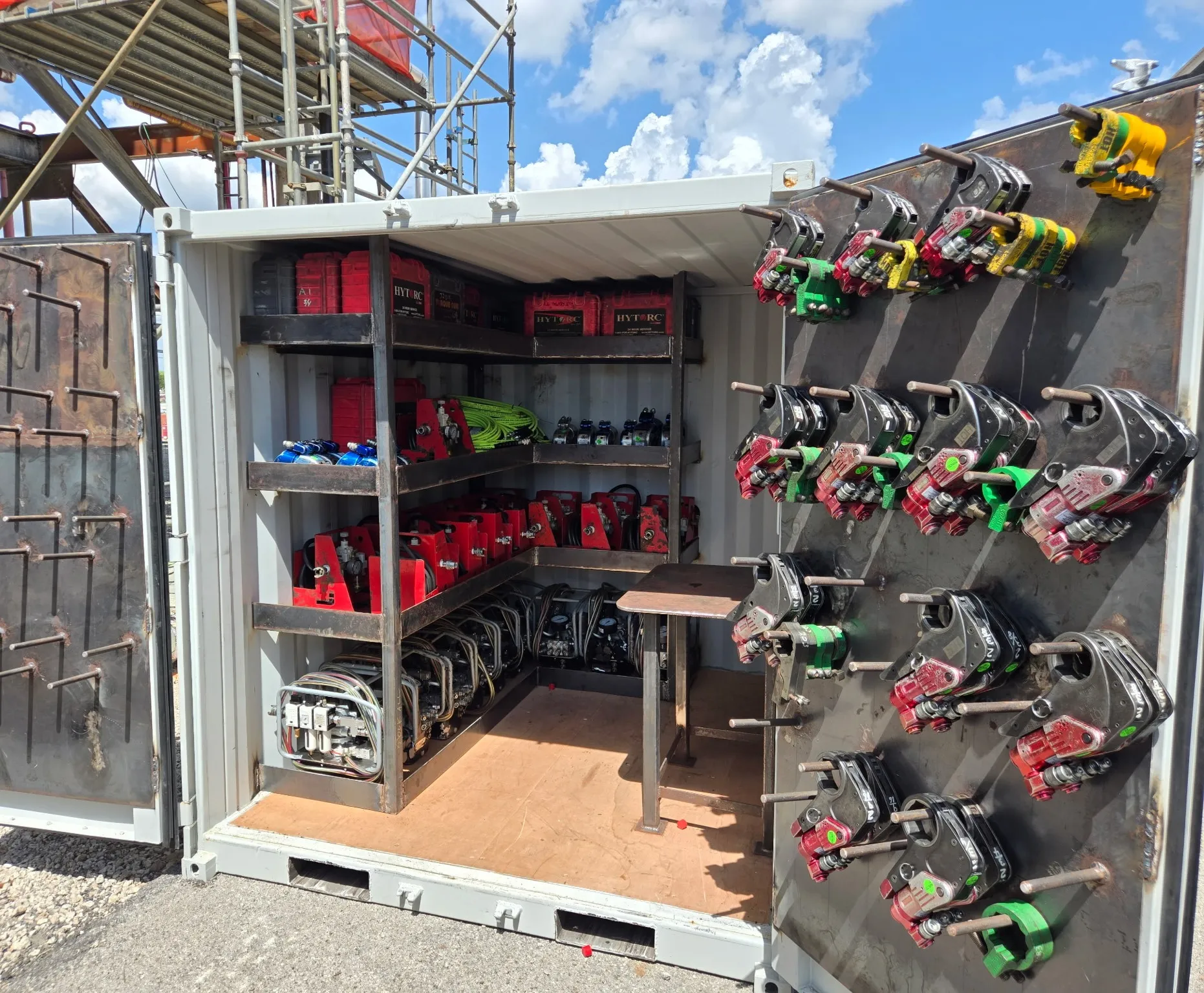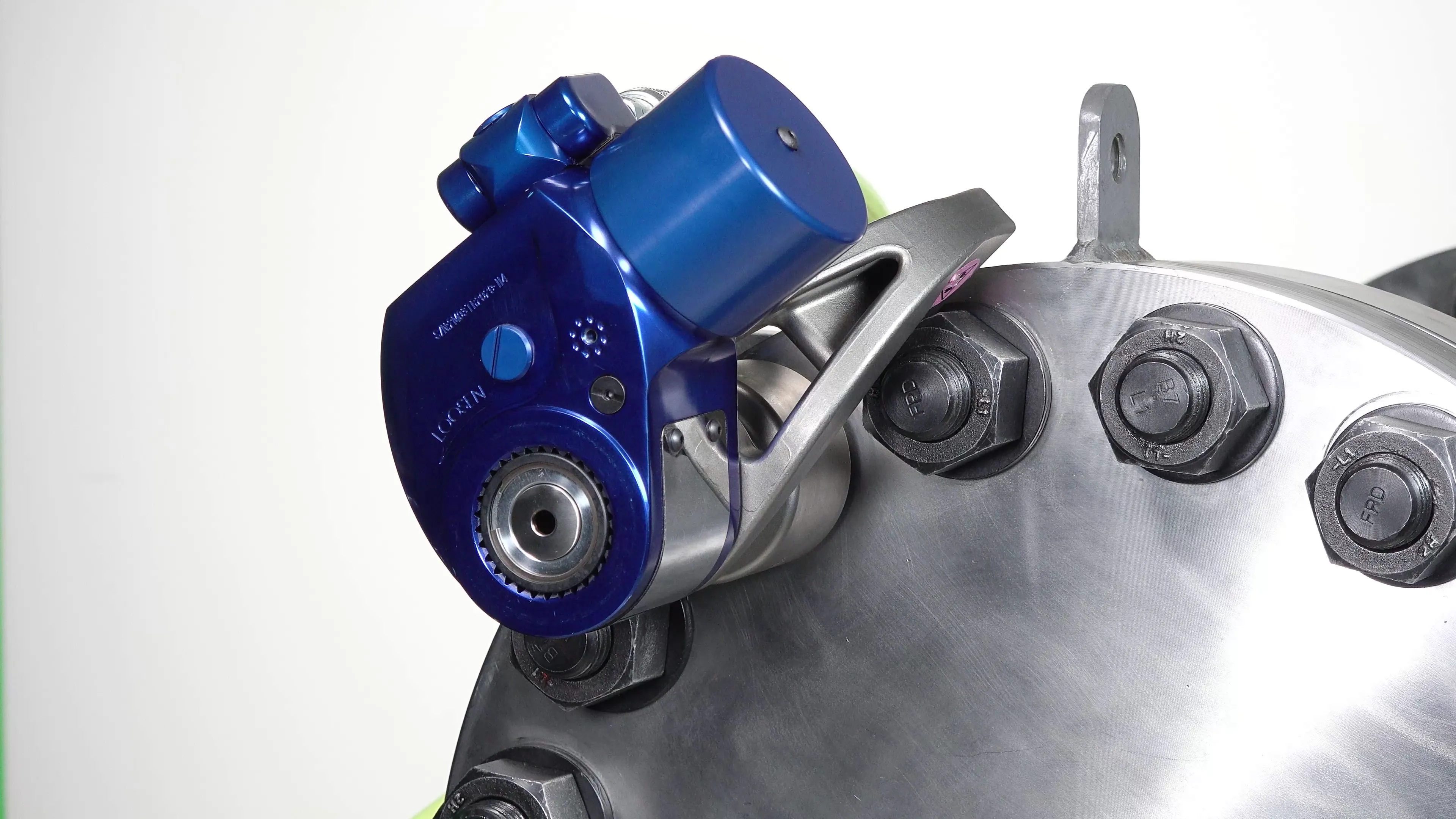Top 8 Tips for Smooth Subsea Operations
Subsea operations are among the most challenging in the offshore industry, demanding precision, safety, and coordination. Whether you're conducting maintenance, installation, or repair work on subsea infrastructure, success depends on careful planning and the right equipment. Here are tips to help ensure smooth and efficient subsea operations, including a discussion about a critical aspect of subsea work—bolting.
1. Plan Ahead Thoroughly
Subsea environments are unpredictable. Currents, temperature changes, lack of visibility, and marine conditions can be volatile. This makes thorough pre-operation planning essential. A detailed understanding of seabed conditions, tides, and weather patterns helps reduce risks and delays. Planning minimizes surprises and allows teams to anticipate challenges, such as securing infrastructure components underwater.
2. Ensure Comprehensive Equipment Checks
Well-maintained equipment is essential for minimizing malfunctions in harsh subsea environments. Before any subsea operation, all tools and equipment must be rigorously inspected for wear, leaks, or potential faults. Underwater, equipment failures can be costly and hazardous. Ensuring all tools, machinery, and connections are in top condition prevents delays and protects the integrity of critical infrastructure.
3. Training, Training, Training
The competence of your team directly influences the success of your subsea operations. Investing in professional training ensures your crews are well-versed in both technical requirements and safety practices. For example, operators should be familiar with the specific challenges of working underwater, from pressure differentials to the use of specialized equipment. Well-trained teams minimize errors and help maintain the efficiency of underwater operations.
4. Use The Right Equipment
Choosing the right tools for subsea conditions is critical. Equipment designed for high-pressure environments means that components can be securely installed and withstand extreme underwater conditions. For instance, high-quality bolting tools can ensure that flanges remain closed and leak-free, even in fluctuating pressures and temperatures. Reliable equipment helps avoid leaks, ensuring the long-term stability of subsea infrastructure.
5. Focus on Efficiency and Precision
Subsea operations are often time-sensitive, with limited windows to complete tasks. Accuracy and efficiency are key to maintaining timelines and avoiding costly delays. Precision tools ensure that work is done correctly the first time, preventing future problems and maintenance needs. You need equipment with these qualities, allowing crews to work faster and more effectively.
6. Adopt Remote and Automated Solutions
Utilizing remote or automated systems for subsea work minimizes risk by reducing the need for human intervention in hazardous environments. Using remotely operated vehicles (ROVs) whenever possible can keep divers from being exposed to dangerous conditions for longer than necessary.
7. Ensure Redundancy in Critical Systems
In the event of tool or equipment failure, having backups ensures work can continue with minimal disruption. This approach safeguards against delays so that that operations can proceed efficiently even if an issue arises.
8. Review and Improve Post Operation
Conducting a thorough post-operation review is key for continuous improvement. Analyzing performance, tool and equipment efficiency, and team communication allows you to identify inefficiencies and target areas for improvement. Incorporating lessons learned from each project ensures future operations are smoother and more effective.
By following these tips, you can significantly improve the success of your subsea operations and overcome many of the challenges of underwater work while maintaining operational schedules and requirements.
HYTORC, a leader in bolting solutions, provides innovative tools designed to excel in harsh and demanding environments, like those found offshore. Our precision torque tools and pumps, coupled with training and data-driven solutions, help ensure your subsea projects are completed safely and efficiently.



